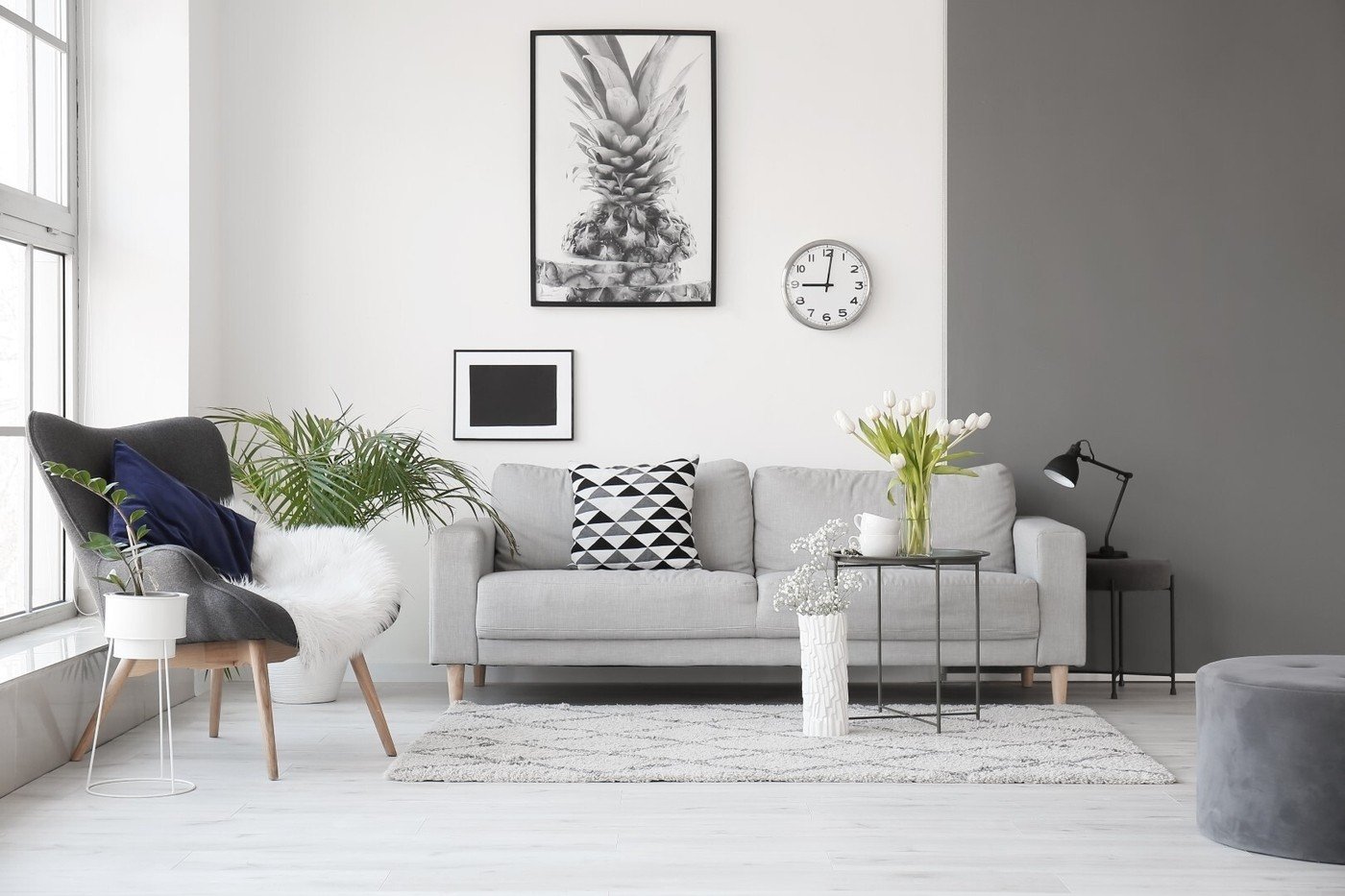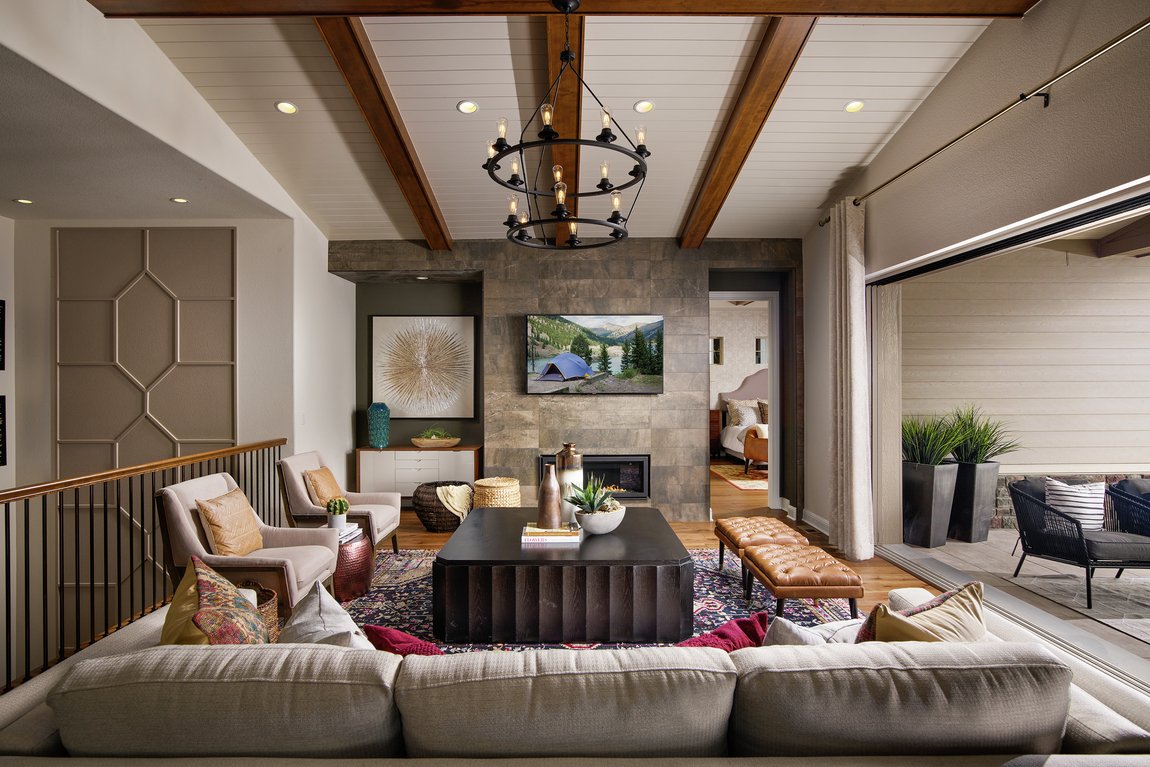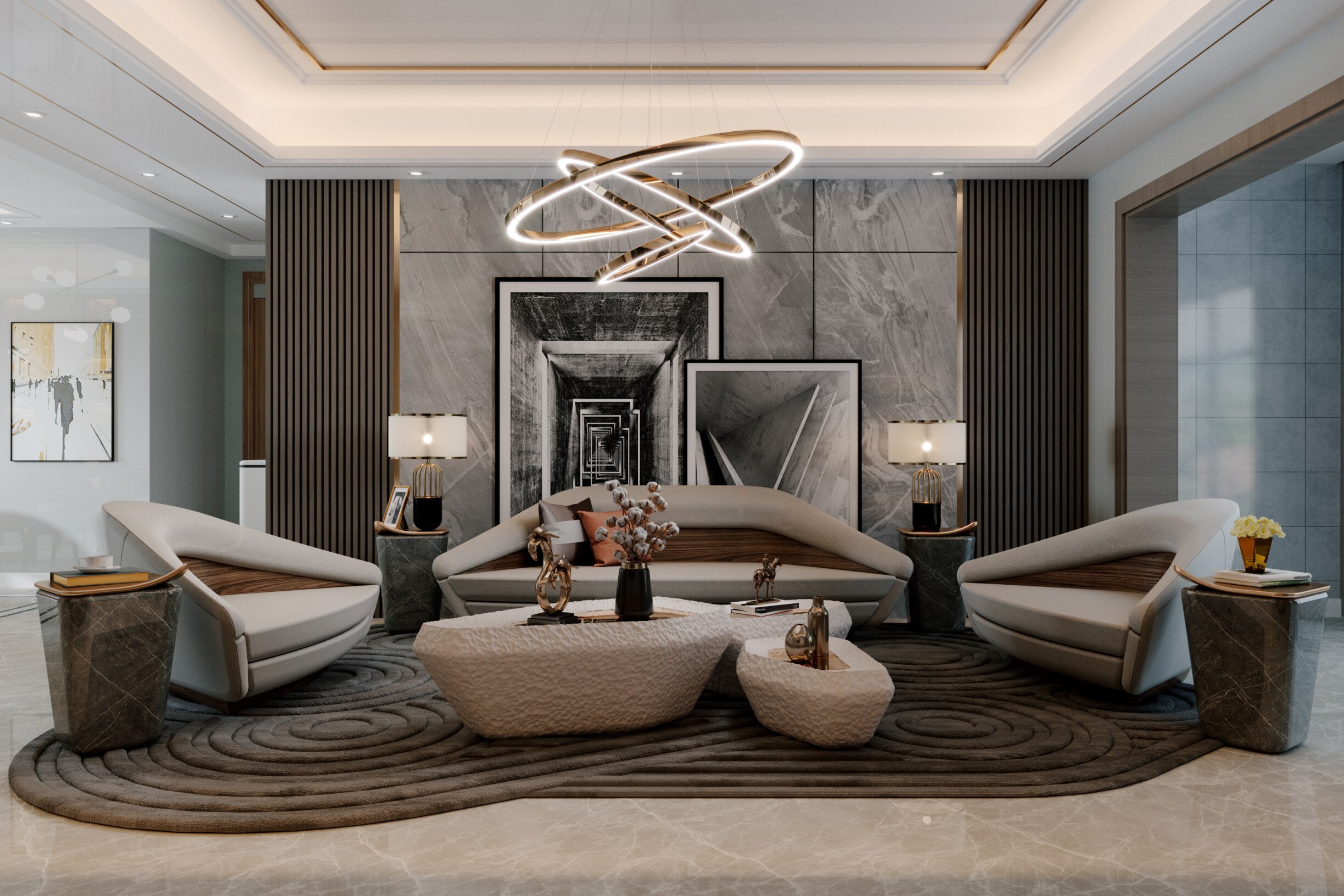10 Tips to Master the Art of Mixing Patterns and Textures in Interior Design
Welcome to our exploration of the captivating world of mixing patterns and textures in interior design! From subtle sophistication to bold statements, the art of blending patterns and textures offers endless possibilities for creating spaces that reflect personality, style, and creativity. Join us as we delve into the principles, techniques, and inspirations behind the timeless design skill.
Start with a Base
Begin by selecting a neutral base for your room, such as a solid-colored sofa or a neutral-toned rug. This provides a foundation for layering patterns and textures without overwhelming the space.
Choose a Dominant Pattern
Select one dominant pattern that will serve as the focal point of the room. This could be a large-scale floral print, bold stripes, or a geometric design. Use this pattern on larger pieces of furniture or statement pieces like curtains or an area rug.
Add Secondary Patterns
Introduce secondary patterns that complement the dominant pattern. These can be smaller in scale and should vary in style to create visual interest. Mix different types of patterns, such as plaids, chevron, or animal prints, while ensuring they share a common color scheme or theme.
Consider Scale and Proportion
Pay attention to the scale and proportion of the patterns you're mixing. Aim for a mix of small, medium, and large-scale patterns to create balance and harmony in the space. Avoid overwhelming the room with too many patterns of the same size.
Incorporate Texture
Incorporate a variety of textures to add depth and dimension to the room. This could include tactile materials like velvet, linen, leather, or wool. Mix smooth and rough textures for contrast and visual intrigue.
Layer Textiles
Layer textiles such as throw pillows, blankets, and curtains to introduce additional patterns and textures. Mix different fabrics and finishes, such as silk, faux fur, or embroidered fabrics, to create a rich and inviting atmosphere.
Use Color to Unify
Use color to tie together the different patterns and textures in the room. Choose a cohesive color palette that complements the existing decor and enhances the overall theme. Incorporate pops of color through accent pieces or accessories to add vibrancy and energy to the space.
Experiment with Contrast
Experiment with contrasting elements to create drama and impact. Pair bold patterns with subtle textures or mix light and dark hues for a dynamic effect. Don't be afraid to take risks and push the boundaries of traditional design.
Edit and Balance
Edit and Balance Step back and assess the room to ensure a balanced mix of patterns and textures. Edit out any elements that feel overwhelming or out of place, and reposition items as needed to create a cohesive and harmonious look.
Personalize and Enjoy
Personalize and Enjoy Finally, infuse your own personality and style into the mix to make the space uniquely yours. Have fun with the process and don't be afraid to experiment until you achieve the perfect balance of patterns and textures.
As we conclude our journey through the art of mixing patterns and textures in interior design, we hope you’ve been inspired to embrace experimentation, creativity, and self-expression in your own spaces. Whether you’re drawn to the elegance of subtle textures or the drama of bold patterns, remember that there are no hard and fast rules in design—only endless opportunities to craft environments that resonate with unique vision and personality. So go forth, fearlessly mix and match, and transform your home into a true reflection of your style and spirit. Happy Decorating!










